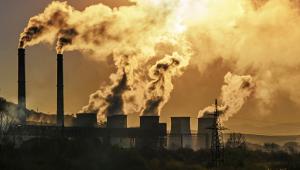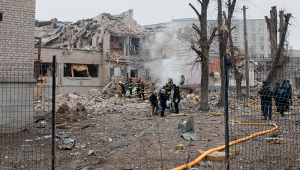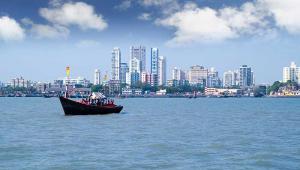In research published yesterday, the WHO found more people died from dirty air in the three emerging economies than anywhere else. However, 92% of the global population live in areas where air quality exceeds what the organisation considers safe limits.
Some three million deaths worldwide are attributed to tiny particulates emitted from activities including driving, generating power and industry. In 2012, one million people died in China, at least 600,000 in India and more than 140,000 in Russia from outdoor air pollution.
Moreover, indoor air pollution, created from inefficient cooking and heating for example, can be equally deadly, the WHO warned. Including indoor pollution, the global pollution-related death toll rose to over six million for 2012.
On the whole, however, low- and middle-income countries bear the brunt of air pollution. Nearly 90% of all deaths occur in the world’s poorer nations, with nearly two out of three occurring in Southeast Asia and the western Pacific.
“Air pollution continues to take a toll on the health of the most vulnerable populations – women, children and the older adults,” added Flavia Bustreo, assistant director-general of the WHO.
“For people to be healthy, they must breathe clean air from their first breath to their last.”
Breathing dirty air is linked to various diseases, mostly of a cardiovascular nature. Almost all pollution-related deaths (94%) can be explained by such causes, including stroke, pulmonary disease and lung cancer. Air pollution also increases the risk of acute respiratory infections.
Another recent study, published in June, also linked air pollution to increased mental illness in children.
The WHO’s research represented the most detailed, air pollution-related health data, by country, ever reported by the WHO.
The data was collected from both satellite and ground stations to maximise reliability. Maria Neira, director of the WHO’s Department of Public Health, said the new model is a “big step forwards to even more confident estimates” of this “huge global burden”.
The WHO also published an interactive map that provides information on population-weighted exposure to air pollution around the world.
Neira pointed out that reducing air pollution involves making city transport more sustainable, better solid waste management, cleaner household fuels, more renewable energy and greater industrial emissions reduction.
“Fast action to tackle air pollution can’t come soon enough,” she stressed.














